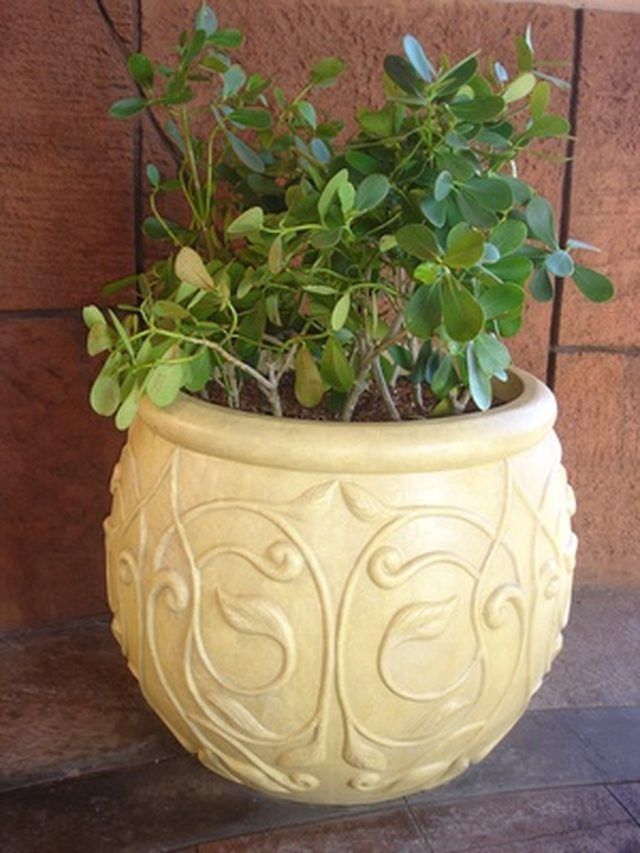Bulbs
Flower Basics
Flower Beds & Specialty Gardens
Flower Garden
Garden Furniture
Garden Gnomes
Garden Seeds
Garden Sheds
Garden Statues
Garden Tools & Supplies
Gardening Basics
Green & Organic
Groundcovers & Vines
Growing Annuals
Growing Basil
Growing Beans
Growing Berries
Growing Blueberries
Growing Cactus
Growing Corn
Growing Cotton
Growing Edibles
Growing Flowers
Growing Garlic
Growing Grapes
Growing Grass
Growing Herbs
Growing Jasmine
Growing Mint
Growing Mushrooms
Orchids
Growing Peanuts
Growing Perennials
Growing Plants
Growing Rosemary
Growing Roses
Growing Strawberries
Growing Sunflowers
Growing Thyme
Growing Tomatoes
Growing Tulips
Growing Vegetables
Herb Basics
Herb Garden
Indoor Growing
Landscaping Basics
Landscaping Patios
Landscaping Plants
Landscaping Shrubs
Landscaping Trees
Landscaping Walks & Pathways
Lawn Basics
Lawn Maintenance
Lawn Mowers
Lawn Ornaments
Lawn Planting
Lawn Tools
Outdoor Growing
Overall Landscape Planning
Pests, Weeds & Problems
Plant Basics
Rock Garden
Rose Garden
Shrubs
Soil
Specialty Gardens
Trees
Vegetable Garden
Yard Maintenance
White Spots on a House Plant
White Spots on a House Plant. Abnormal coloration or spotting on the leaves of a plant signals that something is wrong. If your houseplant has developed white spots on its leaves, the culprit may be an insect, disease or cultural problem.

Abnormal coloration or spotting on the leaves of a plant signals that something is wrong. If your houseplant has developed white spots on its leaves, the culprit may be an insect, disease or cultural problem.
Insects
Several insect pests cause white spots on houseplant leaves. Spider mites feed on leaves, creating small white dots that begin on the undersides of the leaves and alongside leaf veins. White spots develop around the feeding area used by armored scale. Thrips produce large, silvery patches in their feeding area.
Prevention/Solution
Horticultural oils treat scale infections. Spider mites and thrips are harder to control. Rinse mite-infested plants with a strong stream of water and treat the remaining mites with horticultural oil. Insecticidal soaps and oils can likewise control thrips, while sticky traps attract them and help to reduce populations.
Diseases
Few diseases cause white spots on leaves, except for powdery mildew, which forms white, papery patches on leaves. Remove infected leaves and prevent further spread of the disease by reducing humidity and improving ventilation to allow the plant's leaves to dry.
Other Causes
Some plants are sensitive to cold water, according to the Clemson Cooperative Extension, and watering with cold water or splashing cold water on the leaves may cause harmless white spots on the leaves.